Range of Motion Exercises
Range of motion exercises refers to the distance and direction a joint moves between a flexed (bent) position and an extended (extended) position. It also applies to therapeutic exercises designed to increase this range of motion of the joint.
A number of health problems contribute to limited range of motion, including:
- Problems with body mechanics
- Injury such as Fractures, Ligament sprain, Muscle strain
- Edema
- Inflammation
- Muscle cramps
- Infection
- Diseases such as arthritis
Range of motion is also one of the dimensions used in functional capacity assessment to measure and determine joint flexibility.
Types ROM
Passive range of motion (PROM): With PROM, the client makes no effort to move the joint, which is moved through various stretching exercises by the physical therapist or with equipment.
Active Assisted Range of Motion (AAROM): With AAROM, the client uses the muscles around the weak joint to complete stretching exercises with the help of a physical therapist or equipment.
Active Range of Motion (AROM): With AROM, the client performs stretching exercises, moving the muscles around the weak joint without any aid.
Difference Between Active and Passive Range of Motion
Active range of motion (AROM). This is the space in which you move a part of your body using muscles. You will make efforts without outside help. For example, raising your arms overhead to stretch your muscles is done in your active range of motion.
Passive range of motion (PROM). This is the space in which a part of your body can move when someone or something creates movement, such as a massage or physical therapist. You are not the one engaging the muscles you would normally use to initiate the movement and do the work.
PROM exercises are especially beneficial when a situation such as a stroke or accident has left you bedridden or confined to a wheelchair. If you can’t move, health professionals will move your muscles and bend your joints for you on a daily basis, leading you to potential healing. They can even teach your family members how to help you.
With AROM exercises, you strengthen your muscles by actively engaging them in movement. This improves your mobility over time and also it is good for your overall health.
You can improve active range of motion by holding movements or stretches for at least 30 seconds. In this way, you build the strength in the muscles needed for a specific movement. Keep in mind that you want to do different range of motion exercises that challenge your entire body and not just one muscle group.
As an example of an AAROM exercise, if you break your ankle, you must stop moving that part of your body as it heals.
Once your ankle has healed and is ready to bear weight, you may still find it difficult to move. This is because you have lost range of motion due to lack of use. You can lift your leg and push it, but it only goes so far.
A physical therapist can apply pressure to your leg to move it just a little more than your body will allow. This stretches the joint and muscle, increasing the range of motion.
How to improve range of motion?
The best way to improve range of motion, is through passive measures because more force can be applied and held for longer. This allows for greater changes over time.
This means that choosing the best method for improving your range of motion also depends on your goals.
If your goal is specifically to increase the function and range of motion of your joints (generally after an injury), it’s best to work with a trained professional, such as a doctor or physical therapist.
And if your goal is to increase the flexibility of your muscles, working with a trained professional who is knowledgeable in this area, such as a personal trainer, is also key.
“Most commonly, this is passive stretching, where either the trained individual or the device (stretching straps) assists the stretching process,”.
In addition, active measures might improve range of motion. This is more often done as a dynamic warm-up (stretch) where you move your body in different positions to increase circulation and range of motion. Stretching is best done before activity or exercise.
When to Use Passive range-of-motion
If you are dealing with the effects of an injury to your shoulders, knees, hips, neck, or any other part of your body that is home to a joint, then you know how easily your range of motion can be affected.
This is because the range of motion, or the distance and direction a joint can move, is often limited after trauma to that area.
To get a better idea of the impact on a particular joint, a physical therapist, athletic trainer, a doctor, or other qualified healthcare professional can measure the range of motion in a joint or part of the body to see if there is a limited range of motion.
If your range of motion is limited, you will benefit from spending some time doing a series of passive or active range of motion exercises. To get the injured area back to health, a physical therapist will use this type of exercise as part of your overall treatment plan.
A personal trainer may use passive range-of-motion exercises during training to help improve mobility and athletic performance.
Additionally, you can perform a passive range of motion exercises as part of a partner-assisted stretching routine. Done in exercise classes, athletics, and group rehabilitation classes.
Passive range-of-motion exercises
Some of the most safest and common passive range-of-motion exercises are related to stretching the surrounding muscles with the goal to increase muscle flexibility.
One way to do this is with a tool such as a stretching strap. This might help you hold a stretch for a more sustained period of time.
However, having someone to assist with the stretch is a more effective way to practice passive range-of-motion exercises.
With these exercises, a physiotherapist moves your body into the stretch and holds it for you, with the intent to increase your muscle flexibility.This is superior for a few reasons.
First, the physiotherapist understands proper limits and knows how far to go. Second, they know how long to hold the stretch for and when to release. They are also provided with training to know if it’s targeting the proper areas to achieve the most benefits from it.
With that in the mind, here are three passive range-of-motion exercises that you can do yourself, get assistance from a physiotherapist or trained professional in stretching techniques.
Shoulders: Doorway chest stretch
If a partner is helping with this exercise, they will move your arms in motion.
- Bend your elbow to a 90-degree angle and, in an upright position, align your forearm against an opening in the hallway or doorway.
- Bend your torso forward, finally opening your chest to create a stretch.
Neck: Rotation stretch
This stretches the levator scapulae, a muscle that is tight in most people and tends to cause discomfort in the shoulder blade and neck.
- While sitting, turn your nose towards your armpit.
- Use your hand to push the back of your head down.
Legs: Piriformis stretch
Many people could benefit from increased hip flexibility, especially those with lower back discomfort. This exercise, also known as Pigeon pose, stretches the muscle in this area, the piriformis.
- Place your leg in front of you in a bent position.
- Bend over your hips to stretch the piriformis.
To stretch with a partner:
- Lie down on the floor or a rehabilitation table.
- Instead of using your body weight, ask your partner to provide resistance by moving your leg through a passive range of motion.
Risks
When you don’t control the movement, there is a greater chance of injury. Another person can’t tell what your limit is and can push a muscle or joint further than it can go.
Stretching a little beyond the limits is good for increasing range of motion. But pushing too hard can lead to a muscle tear or joint damage.
This is also a risk in AAROM. No one should really push you to the point of pain.
There may be instances of movement where you only use the muscles in one way. If you constantly repeat a movement without changing the way you use your muscles, you can limit your range of motion.
For example, if you work out at the gym and complete a series of exercises that work your biceps, you are strengthening those muscles.
If you continue to focus on this muscle group without adding movements that work your triceps to the back of your arms, you can limit your arm’s range of motion.
Keep in mind that any range of motion exercise should not cause you pain. Listen to your body and stop when you know that you reached your limits. Excessive stretching while using passive or active range of motion can cause injury.



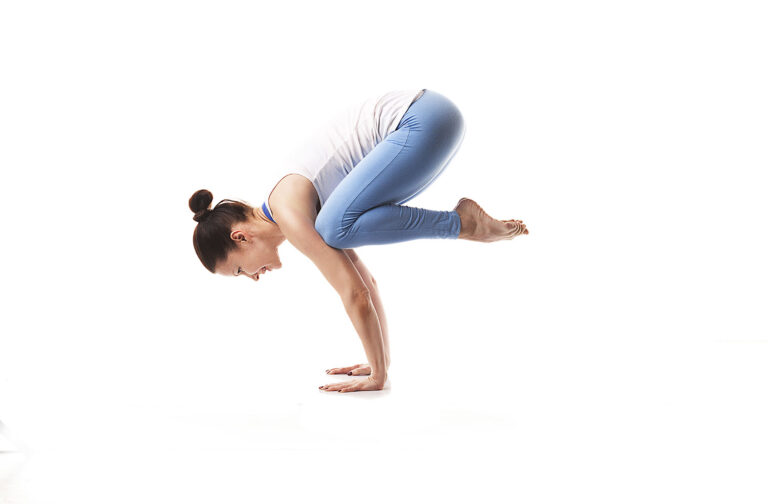
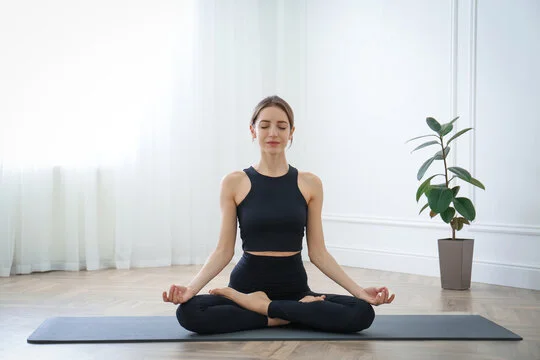
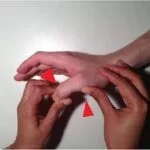
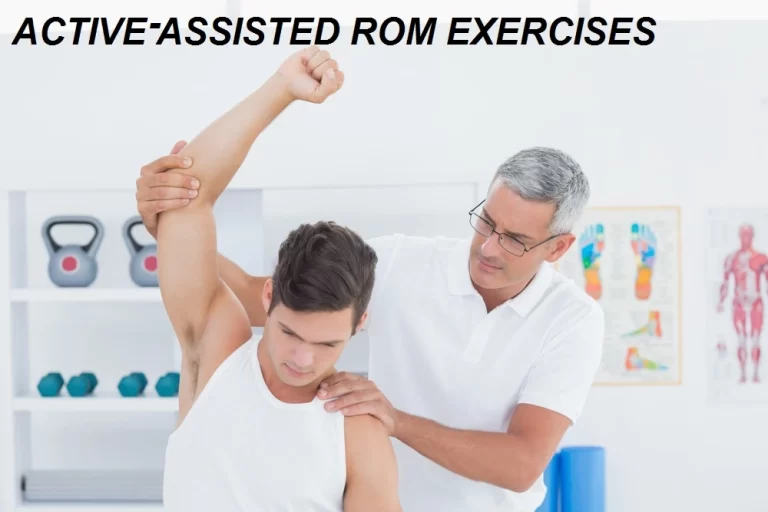
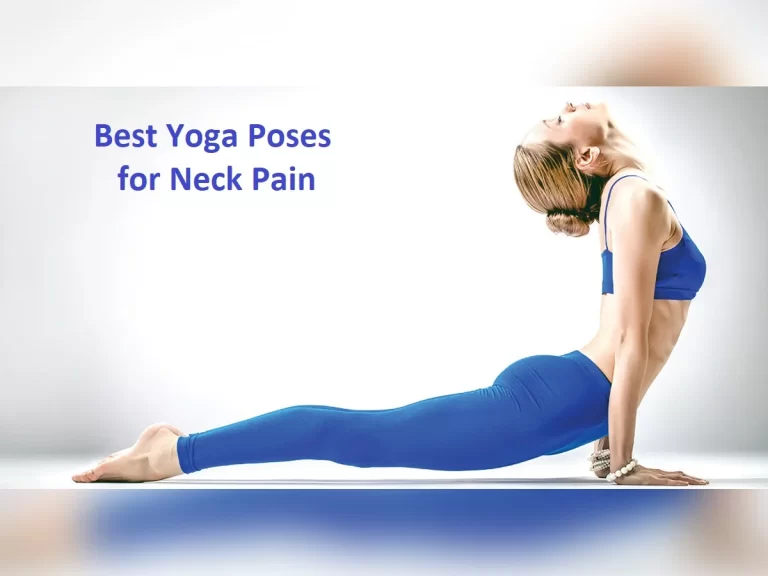
9 Comments